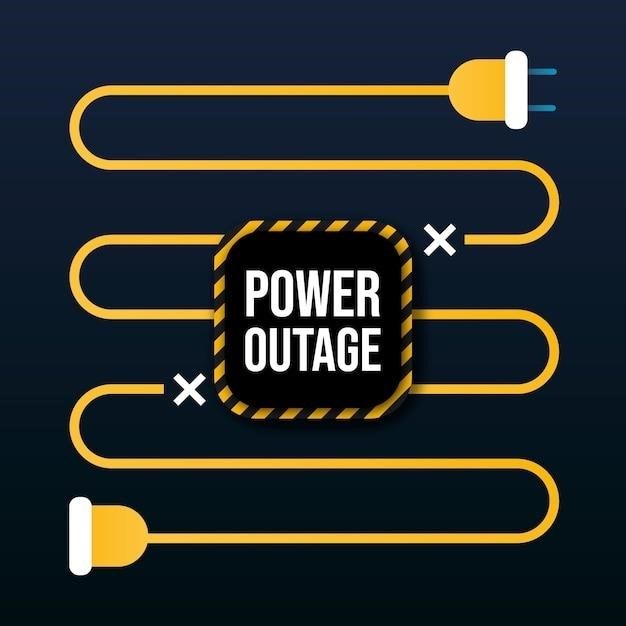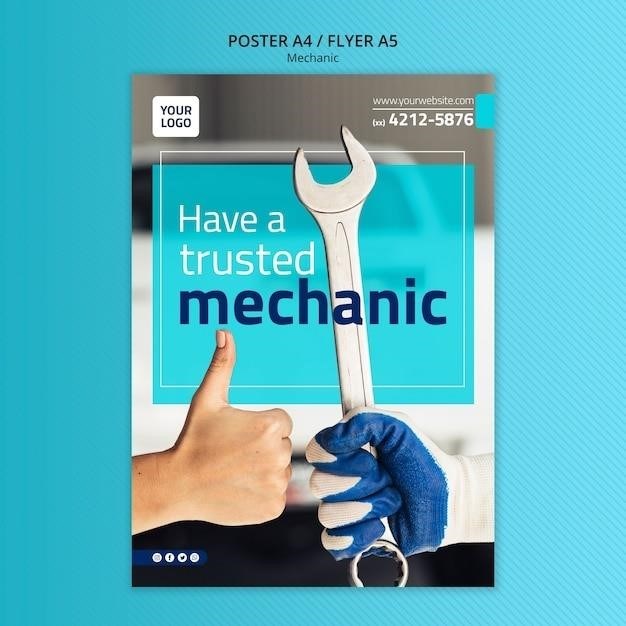Choosing the right extension cord for your needs can seem daunting, but it doesn’t have to be. This guide will walk you through understanding wire gauge, common gauges, factors to consider, and how to select the perfect cord for your application.
Introduction
Extension cords are essential tools for extending the reach of electrical power, providing flexibility and convenience in various situations. However, selecting the appropriate extension cord for your needs is crucial to ensure both safety and optimal performance. One of the most critical factors to consider is the wire gauge, which dictates the cord’s ability to carry electrical current safely and efficiently.
This guide will delve into the intricacies of extension cord gauges, providing a comprehensive understanding of how wire gauge affects performance and how to choose the right cord for your specific applications. Whether you’re powering a simple lamp, a heavy-duty power tool, or anything in between, this guide will equip you with the knowledge to make informed decisions and ensure your extension cords are both safe and reliable.
By understanding the fundamentals of wire gauge, you’ll be able to select the most suitable extension cord for your needs, minimizing the risk of electrical hazards and ensuring that your devices receive the power they require.
Understanding Wire Gauge
Wire gauge, often referred to as AWG (American Wire Gauge), is a standardized system for measuring the diameter of electrical wires. The gauge number is inversely proportional to the wire’s thickness⁚ a lower gauge number indicates a thicker wire, while a higher gauge number represents a thinner wire. This seemingly simple concept has significant implications for the performance and safety of extension cords.
Thicker wires have a larger cross-sectional area, allowing them to carry more electrical current with less resistance. This reduced resistance minimizes voltage drop, ensuring that the power delivered to your device is closer to the source voltage. Conversely, thinner wires have a smaller cross-sectional area, leading to increased resistance, greater voltage drop, and potentially reduced power output to your appliance.
Furthermore, thicker wires can handle higher amperage loads, making them suitable for heavy-duty applications like power tools, while thinner wires are best suited for low-power devices like lamps or chargers. Understanding the relationship between wire gauge and current carrying capacity is essential for choosing the right extension cord for your needs.
Common Extension Cord Gauges
Extension cords come in a range of gauges, each designed for specific power requirements. Here are some of the most common gauges you’ll encounter⁚
- 18 AWG⁚ This is the thinnest gauge commonly found in extension cords. It’s suitable for low-power devices like lamps, chargers, and small electronics. However, it’s not recommended for high-amperage appliances or long distances.
- 16 AWG⁚ A step up from 18 AWG, 16 AWG is often used for light-duty applications like power tools, vacuums, and small appliances. It’s a good option for shorter distances, but it’s not ideal for heavy-duty equipment.
- 14 AWG⁚ This gauge is a more robust choice, suitable for higher power appliances like larger power tools, refrigerators, and air conditioners. It can handle a higher amperage load and is suitable for moderate distances.
- 12 AWG⁚ The most common gauge for heavy-duty applications, 12 AWG is capable of handling significant power demands. It’s a good choice for large appliances, power tools, and longer distances. It offers a balance between power handling and flexibility.
- 10 AWG⁚ The thickest gauge commonly available, 10 AWG is designed for extremely high power demands. It’s often used for industrial equipment, heavy-duty construction tools, and long distances; It provides the highest current capacity and minimal voltage drop.
Remember that these are general guidelines, and the specific gauge needed will depend on the appliance’s power requirements, the extension cord’s length, and the intended use.
Factors to Consider When Choosing a Gauge
Selecting the appropriate extension cord gauge involves more than just the device you’re plugging in. Several factors play a crucial role in determining the right gauge for your needs⁚
- Appliance Power Requirements⁚ The most important factor is the power draw of the appliance you’re using. Check the appliance’s nameplate or owner’s manual for its amperage (A) or wattage (W) rating. Higher power appliances require thicker gauge cords.
- Extension Cord Length⁚ The longer the extension cord, the greater the resistance, which can lead to voltage drop. This means that the voltage supplied to the appliance at the end of the cord will be lower than the voltage at the outlet. For longer distances, a thicker gauge cord is needed to minimize voltage drop.
- Type of Application⁚ Consider the type of work you’ll be doing. Light-duty tasks like powering a lamp or charging a phone require a thinner gauge cord, while heavy-duty applications like running a power tool or a refrigerator need a thicker gauge.
- Outdoor Use⁚ If you’re using the extension cord outdoors, ensure it’s rated for outdoor use. Look for a cord with a waterproof jacket and a grounding plug.
By considering these factors, you can choose an extension cord gauge that provides sufficient power and safety for your specific application.
Extension Cord Length and Gauge
The length of an extension cord significantly influences the gauge required for safe and efficient power delivery. Longer cords face greater electrical resistance, which can lead to voltage drop, reducing the power reaching your appliance. This can cause your device to operate poorly or even malfunction.
To minimize voltage drop, thicker gauge cords are necessary for longer distances. A 16-gauge cord, for instance, might be suitable for a 25-foot run, but a 12-gauge cord would be better for a 50-foot run. For distances exceeding 50 feet, consider a 10-gauge cord or even heavier gauges for high-power appliances.
The relationship between length and gauge can be summarized as follows⁚
- Short distances (up to 25 feet)⁚ 18 AWG or 16 AWG
- Medium distances (25-50 feet)⁚ 16 AWG or 14 AWG
- Long distances (over 50 feet)⁚ 14 AWG, 12 AWG, or 10 AWG
Always err on the side of a thicker gauge cord for longer distances to ensure adequate power delivery and minimize the risk of overheating or damage.
Safety Considerations

Safety should be paramount when using extension cords. Improperly sized or damaged cords pose significant electrical hazards. Always prioritize safety over convenience. Here are essential safety considerations⁚
Choose the Right Gauge⁚ Using a cord with an inadequate gauge for the appliance’s power draw can lead to overheating, potential fires, and damage to the cord and appliance. Refer to the appliance’s manual or our guide to determine the appropriate gauge.
Inspect for Damage⁚ Regularly inspect extension cords for signs of wear and tear, such as frayed wires, cracked insulation, or damaged plugs. Replace any damaged cords immediately. Never use a cord with exposed wires or other signs of damage.
Outdoor Use⁚ For outdoor use, ensure the cord is rated for outdoor applications (marked with “W” or “WA” on the cord jacket). Outdoor cords are designed to withstand weather conditions and moisture. Use a ground fault circuit interrupter (GFCI) for added protection, especially in wet areas.
Proper Storage⁚ Store extension cords in a dry, cool place. Avoid coiling them tightly, which can damage the insulation. Keep cords away from heat sources and direct sunlight.
Following these safety considerations ensures a secure and reliable power source for your appliances and protects you from potential electrical hazards.
Extension Cord Applications
Extension cords offer a versatile solution for bringing power to various devices and appliances, both indoors and outdoors. Their applications range from simple tasks to more demanding projects. Here are some common uses for extension cords⁚
Household Appliances⁚ Extension cords are ideal for powering lamps, fans, radios, and other low-power appliances where a nearby outlet is unavailable. They can also be used for temporary power needs during renovations or repairs.
Power Tools⁚ For power tools like drills, saws, and sanders, choosing the right gauge extension cord is crucial for ensuring safe and efficient operation. Higher gauge cords are needed for higher-powered tools to prevent voltage drop and ensure optimal performance.
Outdoor Events⁚ Extension cords are indispensable for outdoor events, providing power for lighting, sound systems, and other equipment. Choose weather-resistant cords for outdoor use and ensure they are properly grounded.
Workshop and Garage⁚ In workshops and garages, extension cords are essential for powering various tools and equipment. Ensure the cords are properly rated for the tools’ amperage and voltage requirements.
RV and Camping⁚ Extension cords are essential for RVs and campers, allowing you to power appliances and devices while away from home. Choose cords designed for RV use and ensure they meet safety standards.
Recommended Gauge for Different Devices
Choosing the right extension cord gauge for your devices is essential for safe and efficient operation. Here’s a general guide to help you select the appropriate gauge for common appliances and tools⁚
- Light-duty Appliances⁚ For low-power appliances like lamps, fans, and radios, a 16-gauge or 18-gauge extension cord is usually sufficient;
- Power Tools⁚ For power tools like drills, saws, and sanders, a 14-gauge or 12-gauge extension cord is recommended. Higher-powered tools may require a 10-gauge or even heavier gauge cord.
- Heavy-duty Appliances⁚ For appliances like refrigerators, air conditioners, and electric heaters, a 10-gauge or 8-gauge extension cord is necessary for safe and reliable operation.
- Outdoor Lighting⁚ For outdoor lighting, a 14-gauge or 12-gauge extension cord is suitable for most applications. Ensure the cord is weather-resistant and properly grounded.
- RV and Camping⁚ For RV and camping use, a 12-gauge or 10-gauge extension cord is recommended for powering appliances and devices. Choose cords designed for RV use and ensure they meet safety standards.
Remember that these are general guidelines. Always refer to the device’s owner’s manual for the minimum recommended gauge and amperage requirements. Choosing an extension cord with a higher gauge than recommended is always safer than using a cord with a lower gauge.
Choosing the right extension cord gauge is crucial for ensuring safe and efficient power delivery to your devices. Understanding wire gauge, common gauges, and factors like length, amperage, and application type will help you make informed decisions. Always prioritize safety by selecting a cord with a gauge that meets or exceeds the device’s requirements. Avoid using extension cords as a permanent solution; they are intended for temporary use. Inspect cords regularly for signs of damage and replace them promptly. By following these guidelines and using extension cords responsibly, you can ensure safe and reliable power for your appliances and tools.
Remember, when in doubt, consult an electrician or refer to the manufacturer’s instructions for specific guidance. A little knowledge can go a long way in ensuring safe and efficient power usage in your home and workplace.















